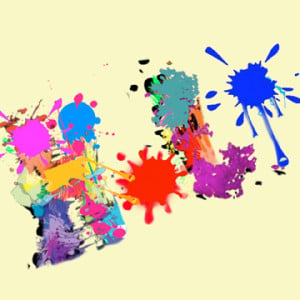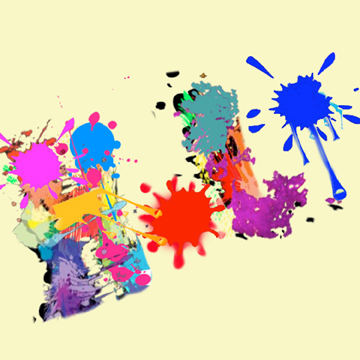“Holi is a festival of exuberance,” said Linda Hess, senior lecturer in the Department of Religious Studies at Stanford. “It is the expression of our more wild nature.”
Though celebrations of Holi vary widely across different regions of India, they all create a momentary inversion of the highly rigid social order that has historically existed in the country. The entire community joins together to throw colors, dyes, mud and even dung at one another, regardless of gender or caste. These rowdy festivities commence with a bonfire the night before Holi and continue until the next morning. Around midday, people clean themselves up and begin to assume their regular social roles once again.
This inversion has implications both on a universal and individual level. In his famous article “The Feast of Love,” an account of his experience in India during Holi, anthropologist McKim Marriott wrote, “The dramatic balancing of Holi–the world destruction and world renewal, the world pollution followed by world purification–occurs not only on the abstract level of structural principles, but also in the person of each participant.”

In fact, the concept of world destruction and world renewal that Marriott alludes to can be traced back to the mythological origins of Holi.
“Holi is often associated with the god Vishnu,” Hess said. “[It is] the story of the supreme being who takes form on earth in order to save the universe from degenerating into being dominated by the forces of evil and falsehood.”
As the legend goes, the evil king Hiranyakashipu planned to kill Prahlada, his own son, because of his devotion to Vishnu. He built a raging fire, from which Prahlada’s aunt, a demoness named Holika, was supposedly immune. Prahlada was placed in Holika’s lap and Holika sat herself upon the pyre, assured of her own survival and of Prahlada’s doom. However, Vishnu answered Prahlada’s prayers, and Prahlada escaped from the fire unscathed while his aunt burned to death. Later, Vishnu appeared on earth in the form of a half-lion half-man creature, killing the evil king.
Yet there is another story behind the Holi festival, a story that Marriott struggled to reconcile with his wild experience of Holi. It revolves around the impassioned love relationship between Vishnu’s most popular avatar, Krishna, and Radha, another supreme figure. Together, they began the festival that is now called Holi, throwing color at each other and reveling with the young people of the village.
How can such raucous behavior be linked back to the idea of love? Marriott found a possible explanation through his research.
“[Through the disorderly nature of Holi] each [participant] may…learn to play his own routine roles afresh, surely with renewed understanding, possibly with greater grace, perhaps with a reciprocating love,” Marriott wrote.
-Alya Naqvi
